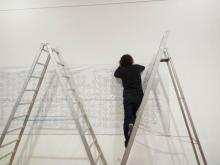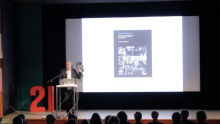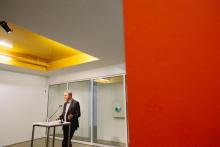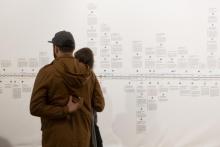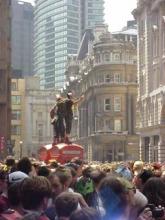Submitted by Armin Medosch on
OE1 Radiokolleg - Die Informationsgesellschaft, Teil 2
Submitted by drupaladmin on
Book Launch at 21er Haus
Submitted by drupaladmin on
Lecture at opening of Kinetika at 21er Haus
Submitted by Armin Medosch on
Dividuelle Dividende
Submitted by drupaladmin on
Art in a Third Space: New Tendencies and the non-aligned avant-gardes
Submitted by drupaladmin on
"Art as Visual Research: The Tendency in New Tendencies"
Submitted by drupaladmin on
Non-aligned art solidarity and the emerging third world
Submitted by drupaladmin on
Technopolitics Salon at Social Glitch
Submitted by drupaladmin on
Out Now: A Companion to Digital Art
Submitted by Armin Medosch on


